
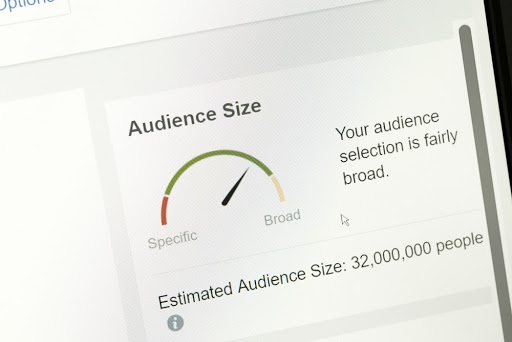
Quick Links
Quick Links
“Facebook Ads don’t work for me.”
That’s what a lot of Amazon sellers say after they try a Facebook Ads campaign. But most of the time it’s not the platform’s fault – they just aren’t doing them right.
There’s a bit of a learning curve to Facebook Ads, especially when you’re used to search-based marketing like Amazon PPC. This causes many sellers to give up and miss out on all the potential benefits.
This post will give you a number of key things to get right in order to get a positive return from your Facebook Ads campaigns.
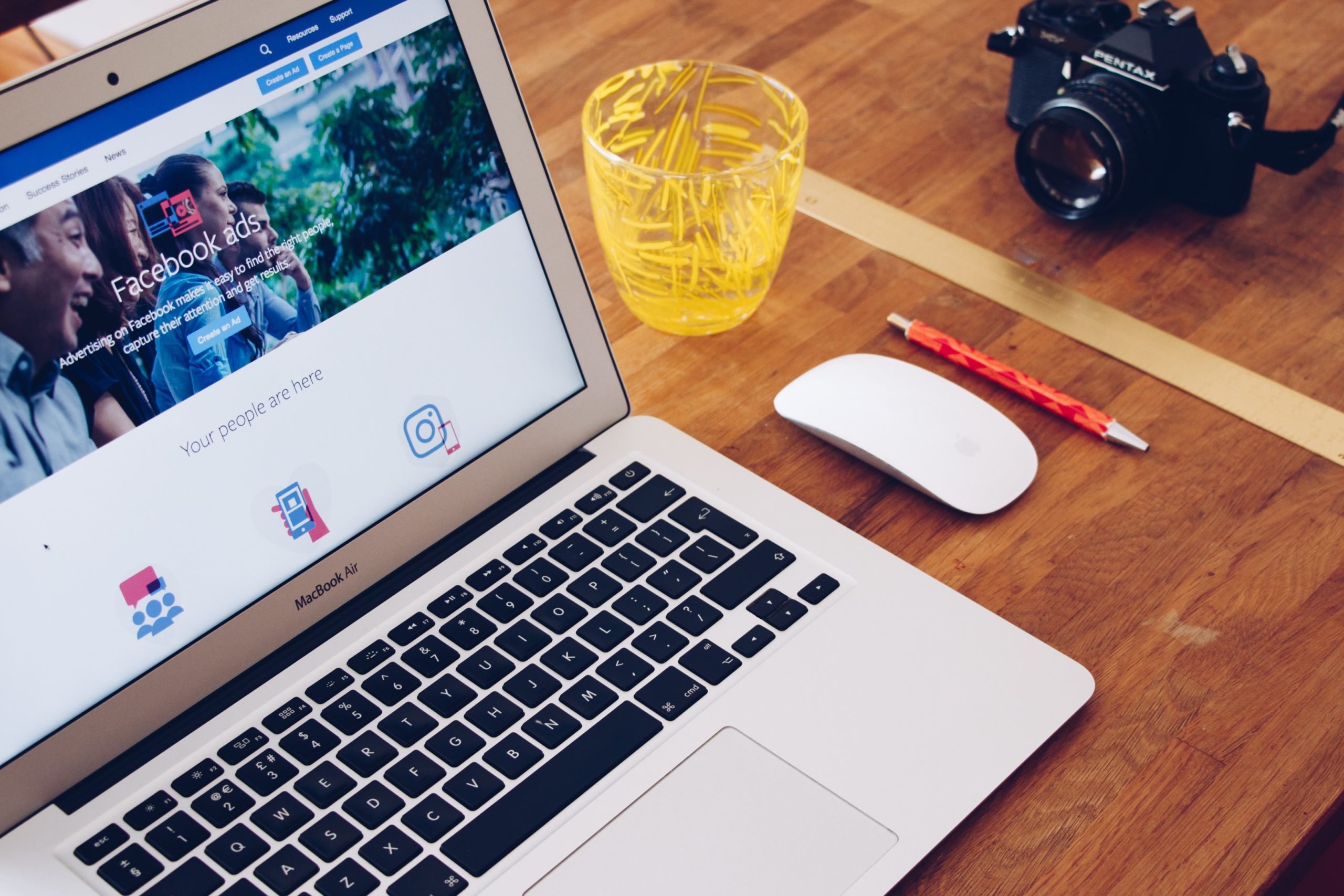
Why Facebook Ads?
First of all, let’s explain why you should care about Facebook Ads in the first place.
External traffic – Facebook in particular – is a great tool to grow your Amazon business, in a number of ways.
By tapping into an additional sales channel, you open your products up to a much wider audience, with the potential to make a lot more sales than you can on Amazon alone. In fact, with more than 2.6 billion users on Facebook, you can get your products in front of just about anyone.
This new sales channel and increased audience gives you the means to not only grow overall sales and cash flow, but your rankings on Amazon. Amazon likes products that get sales from diverse traffic sources. This is a signal of popularity, and Amazon wants to give popular products more visibility, by way of placing them higher on Amazon search.
Higher rankings means more organic traffic, which leads to incredibly valuable organic sales.
Another reason to love off-Amazon traffic sources like Facebook is they allow you to build an audience you own.
See, one of the troubles of selling on Amazon is that you don’t own your customers. When someone buys your product, they’re really buying from Amazon. Amazon is the one who collects their contact info and has the ability to market directly to them. They can also take your audience away in an instant.
You can’t get any kind of contact info from customers who buy from you organically on Amazon. The only way you can is if you get in front of them first on another channel, and capture something like an email or phone number before they reach Amazon.
Once you have a customer list, you can use this for a range of things, like audience building, email marketing, or even to launch and sell on your own site, if you ever need to. You’ll put your business in a much more stable position.
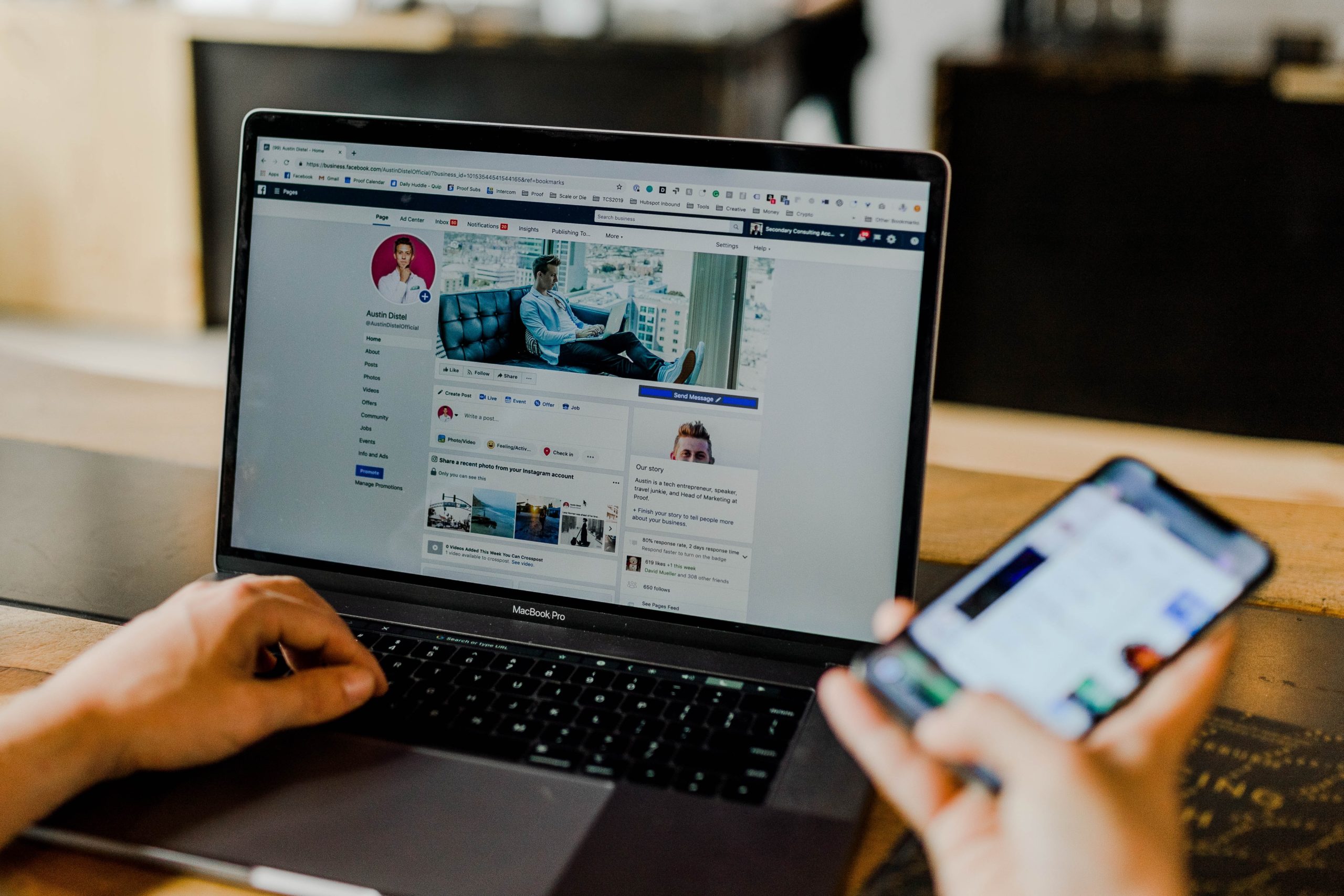
How to Run Facebook Ads that Move the Needle
Facebook Ads can be tricky for beginners. Like anything, it takes experience. Without that, you can run into some common beginners’ mistakes, which set you back and result in a lot of wasted ad spend.
Here are some keys to getting a positive return on your campaigns, even if you’re totally new to Facebook Ads.
Optimize Your Detail Page First
First, the biggest mistake that people make – particularly Amazon sellers – is running ads to a product page that is not properly optimized.
This is the best way to waste a bunch of ad spend. Not only that, you can easily end up driving traffic to your competitors.
Before you think about driving paid ads to your Amazon listing, it should be optimized for conversions. Make sure your listing copy is easily read and conveys the benefits and use cases of your product. Make sure your images are clear and show your product in a good light.
If your listing is just a mess of keywords, you’re going to turn people off. With the number of sponsored and related products showing up on detail pages today, there’s a good chance you’ll end up spending money just to help your competitors make more sales.
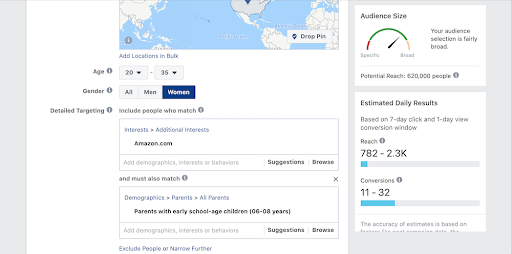
Target Based on Data
As mentioned earlier, there are nearly 3 billion users on Facebook, but it’s going to cost close to Jeff Bezos’ net worth to get your ads in front of every one of them.
Poor audience targeting is a common reason ad spend gets out of control. While audiences can be too narrow as well, it’s most common to find overly broad audiences.
The best targeting audiences are based on something clear, rather than guesswork.
Instead of thinking “ok, I guess my customers are between 25-40 years old and like shoes”, build audiences around people who have expressed interest in your products or your brand. If you already have a customer list, this is perfect. Use your list to create a custom audience, and target ads to a lookalike audience of that list. This is one reason collecting contact info from your customers is so valuable. It allows you to build focused audiences and run more profitable ads in the future.
If you don’t have an email list yet, use what you have. This could be Facebook Pixel data, fanpage likes, people who interact with you in Messenger. You can also download the data Amazon gives you on your past customers and use that to build a custom audience. As long as you have names and addresses, as well as a decent sample size of past sales, you’ll be able to match some to make a custom audience.
It’s possible to get a good ROI from cold audience targeting, but more often than not, Facebook’s matching engine will do a better job of finding your ideal target customer.
Qualify Your Traffic
A lot of people want to build a sales funnel as short as possible – such as simply a Facebook Ad with a link to the product page on Amazon – in order to get as many conversions as possible.
Here’s what that’s not a good idea.
Traffic on Amazon is very high buyer intent. People come to Amazon when they’re looking for something to purchase. This means that average conversion rates are extremely high on Amazon, compared to the rest of the internet.
On average, e-commerce conversion rates sit around 2-3%. On Amazon, it’s 13%, and up to 74% for Prime members.
As a result, when you send traffic to your product page from outside Amazon, that traffic is often going to convert at a lower rate than the average conversion rate on Amazon. Thus, sending people straight to your product listing will often hurt your overall conversion rate.
As a ranking factor, a lower conversion rate means lower keyword rankings – the opposite of what you want to achieve from Facebook Ads.
So, unless the people you’re sending are already qualified and have a high buyer-intent, you should use an intermediate step, like a landing page or a Messenger bot. This intermediate step can be used to give information about your product, before giving a link to go through to Amazon.
A simple landing page made with LandingCube
People who are mildly interested but not ready to buy (or those who aren’t interested at all) leave at this step, never actually reaching Amazon. While only people with the intent to buy right now click through to the product page.
This gets you higher conversion rates, which gives a positive signal to Amazon.

Offer a Discount
We see a lot of ads when we’re on Facebook. We’re also very rarely in a buyer’s mindset when we’re scrolling Facebook. You need to provide something to make your ad stand out, and take someone from mindlessly scrolling to wanting to buy your product.
A discount is a great way to achieve this. People love discounts. An ad saying “get 25% off Product A” is much more effective than one saying “buy Product A”. You’re giving your customer a real incentive to click through, and there’s less reliance on the benefits and features of your product to convince them.
Capture Contact Details
We mentioned earlier that driving traffic from outside Amazon lets you collect contact info and build a list.
Don’t run Facebook Ads and miss out on this opportunity.
A lot of people don’t want to do Facebook Ads because they’re expensive, and they’re not wrong. Facebook Ads are expensive, and running ads to make a profit, while keeping pricing competitive on Amazon, is tough.
But the value you get out of Facebook Ads is more than just the dollar amount in profit. You’ve got to consider that each email subscriber you get can provide a certain amount of value in the future, and this is where part of your ad spend is going.
This is where the previous two points – qualify traffic and offer a discount – play into things as well. Take this simple outline for how to build out your Facebook Ads funnel:
- Step One: Facebook Ad
- Step Two: Landing page with a discount code when the customer opts in with email
- Step Three: Go to Amazon
This qualifies your traffic, gives an incentive to click through (and to buy when they get to Amazon), and builds your list (even if the customer doesn’t actually buy the product in the end).
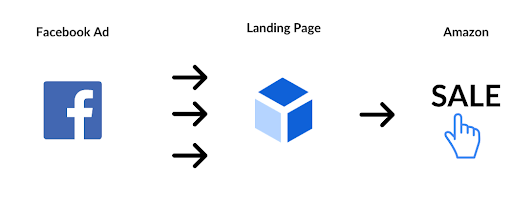
Test and Optimize
Yet another Facebook Ads misconception: running a campaign for a short time, seeing few results, and claiming the channel to be a failure.
Facebook Ads require a lot of testing and optimization, with which you can improve your results and cut down costs over time.
Test things like audiences, different styles of copy, different images, and even different funnels (ie landing page vs Messenger vs straight to Amazon). Then see what brings you the best results.
For this reason, it’s important to have a decent budget to play with when getting into Facebook Ads. If you’re trying to spend a little money and get a positive ROI right off the bat, honestly you’d be better off putting those $ into Amazon PPC instead.
Retarget
Retargeting is a core part of any digital marketing strategy. This means showing ads to people who have taken specific actions in the past, such as viewed a page or made a purchase.
It’s powerful because these people have taken actions that show you they have some kind of interest in your business. By creating audiences based on these actions, you can build extremely targeted ads, as opposed to one ad that treats everyone (regardless of their funnel stage) the same.
Unfortunately, you can’t add a pixel to your Amazon detail page to retarget page visitors. However, you can enable retargeting if you use a landing page, or drive traffic through a link with a pixel embedded.
Here’s a good idea: build a tiered sales funnel. First, run ads to a broad audience with no discount – just a landing page promoting your product at full price.
Next, retarget people who visited this page but didn’t click through, with a small discount – say 15% off.
After this, retarget people who visited again but still didn’t click through with a larger discount.
This is a great way to maximise the profit you get from your ads, by capturing full-price sales first from those who are willing to buy without a large discount.
Facebook Ads for Amazon: In Summary
Facebook Ads can be a huge and powerful growth lever for an Amazon business. A successful strategy can not only grow your visibility on Amazon and your cash flow, but build key assets for your business like an email list.
Using the seven keys outlined above will put you on track to doing what a lot of Amazon sellers don’t (or have tried to do but can’t), and separate yourself from the competition.

